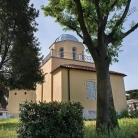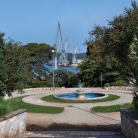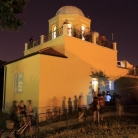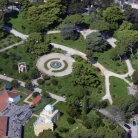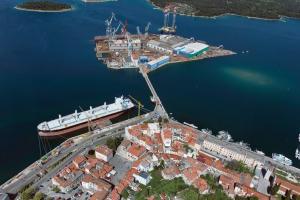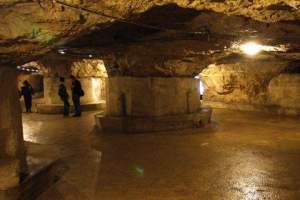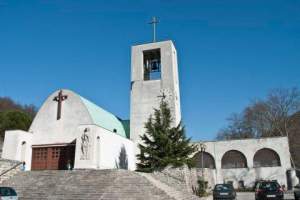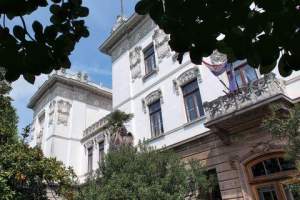The Hydrographic Institute
The Hydrographic Institute or the Institute in Pula was established by the Austro-Hungarian navy. Due to the development of the navy and its needs, the Hydrographic Institute as the first institution of this kind on the Adriatic was set up in Trieste. Only three years later, in 1863, the storage subsidiary in Pula opened.
The Institute obtained its full name, Hydrographisches Amt der k. u. k. Kriegsmarine, after the Trieste institution was shut down, thus changing its name from the storage subsidiary into the Hydrographic Warehouse, and under the 1869 Statute into the Institute. Before its establishment, the institute conducted meteorological observations and had the astronomy observation house as well. The Hydrographic Institute consisted of four departments: the astronomic, meteorological, geomagnetic and tidal observatory, the nautical instruments storage with a mechanical workshop, the maritime map storage and the naval library. Additionally, the geophysics department was established.
The Institute gave successful scientific and research results, especially in the field of astronomy with discovered 28 planetoids by astronomer Johann Palisa. Having closed in 1918, the Italian government moved most of the equipment to Italy.
The building erected on Monte Zara is special for its two domes on each ends, while its central part was emphasized by an additional floor and a triangle finish oriel. Unlike the two-floor central wing, lateral wings have one storey and pronounced dome finishes. After the WW2 and the Anglo-American bombarding, the Hydrographic Institute was completely ruined. Only the northern dome of the observatory has been preserved.
Park Monte Zaro 2, HR-52100 Pula-Pola












